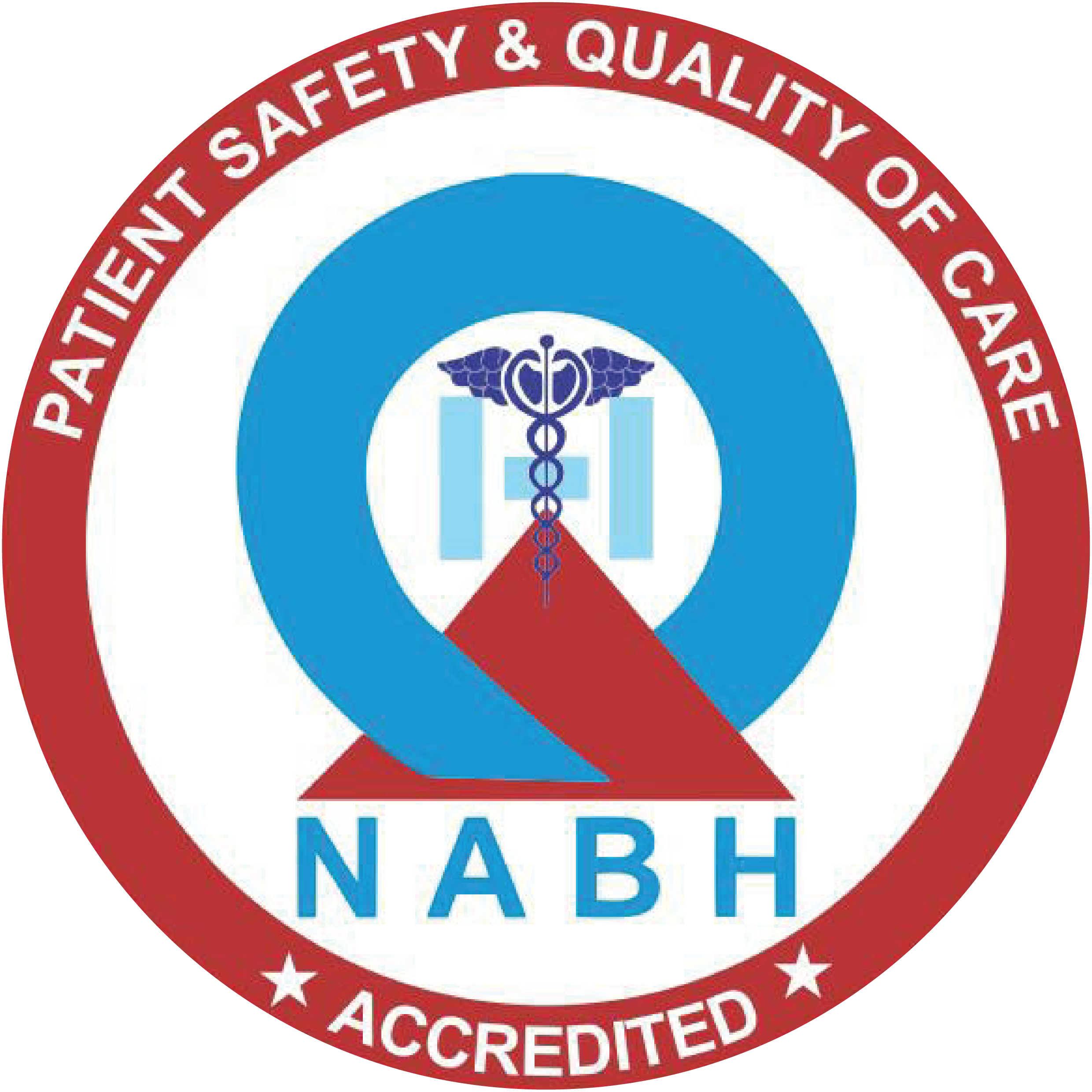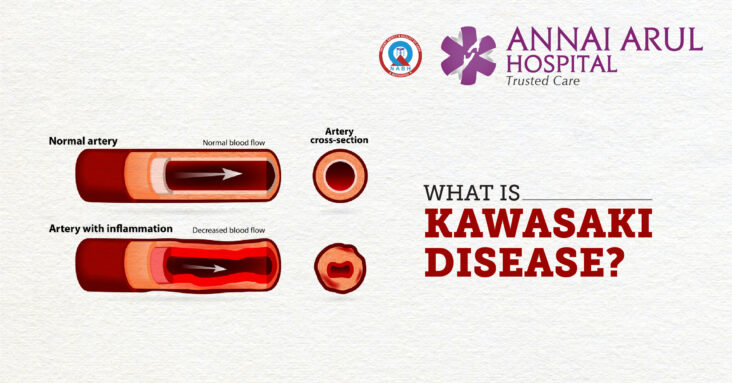WHAT IS KAWASAKI DISEASE?
Kawasaki disease is a disease that causes the blood vessels to get inflamed. It is a disease mostly affecting younger children. It is also a leading cause of heart disease in children. The only relief is that it is treatable if detected early and most children recover without any complications.
Causes and risk factors
Inflammations caused by Kawasaki disease can harm the child’s coronary arteries that carry blood to the heart. It also causes damage to lymph nodes, skin and lining of the mouth, nose and throat.
The exact cause for Kawasaki disease is not yet found out but it may be linked to genetics, viruses, bacteria or some sort of chemicals or triggers like irritants. It is not contagious but it affects pockets of a community and is widespread during winter and spring seasons.
Other factorsss causing the disease may be young age, gender (boys are more likely to get the disease) and ethnicity (Asian descent).
Symptoms of Kawasaki
The disease mostly has an acute appearance and symptoms are seen in phases. The phases include:
- I High fever that lasts more than 5 days with no effect even after medication
- I A peeling skin or rashes on the chest, legs and genitals or groin area
- I Swelling with redness on the hands and bottom of the feet
- I Unusual redness of the eyes
- I Swollen lymph nodes in the neck
- I Throat, mouth and lips have irritation
- I Pinkish red tongue colour
AS the disease progresses to the second phase, symptoms include joint pain, belly pain, diarhhoea, vomitting and peeling skin on th hands and feet. Kawasaki disease causes heart problems 10 days to two weeks after the symptoms appear. Then symptoms will start decreasing in the third phase, which can last upto eight weeks.
Diagnosis of Kawasaki
The disease is diagnosed through EKG (electrocardiogram) or ECG (echocardiogram), blood tests and various advanced imaging.
Treatment for Kawasaki
Usually, the child suffers from excess pain, fever, swelling and skin problems. The doctor will prescribe aspirin and drugs to prevent blood clots. Some immune globulin is administered. This contains antibodies that help fight any infection.
Complications of Kawasaki
Since the disease causes heart ailments in children, it is a bit scary. Most children do recover from the illness without any problems. In some cases, complications can arise and include:
- Unusual heart rhythms (dysrhythmia)
- Inflamed heart muscles (myocarditis)
- Damaged heart valves (mitral regurgitation)
- Inflammed blood vessel (vasculitis)
All these heart problems can cause other troubles, too, including weak or bulging artery walls called aneurysms. This raises the risk of artery blockages, leading to internal bleeding and heart attacks. An echocardiogram is used to detect these abnormalities.
In severe cases, children may need surgery; in fact infants are at higher risk of serious complications.
————————————–


